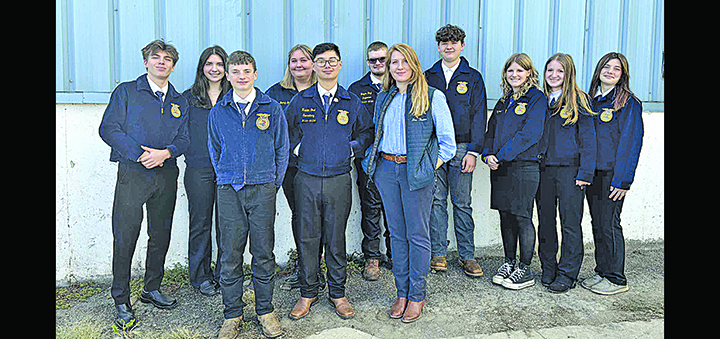Chenango County, New York state, may have some answers in energy debate
CHENANGO COUNTY – Recent calls from Washington to decrease the country’s dependence on foreign oil by boosting the renewable energy supply and infrastructure have not fallen on deaf ears locally.
U.S. Senators Charles Schumer (D-NY) and Hillary Clinton (D-NY), along with U.S. Representative Michael Arcuri (D-Utica), have weighed in on the energy debate in past few weeks, sponsoring or co-sponsoring proposals that aim to increase renewable energy production.
Plymouth farmer Giff Foster, who produces and uses 65 to 75 gallons of biodiesel per week, said he understands alternative energy solutions first-hand. Foster, along with the Chenango County Farm Bureau, is rallying local agricultural producers and residents to help start a renewable energy cooperative in the area, and he’s also been involved with Rob Reiber of Port Crane to start a bio-fuels processing plant in Bainbridge. Foster believes – given politicians are sincere in their efforts – that convincing not only farmers, but consumers, to buy into the idea of producing and using these resources – like vegetable oil-based bio-fuels and cellulosic (non-food-based) ethanol – will be a major key to winning energy independence.
“I would think that most Americans would rather pay a local American energy farmer for fuel than some foreign fossil fuel conglomerate, such as OPEC,” said Foster. “My mother always said ‘investment begins at home,’ and I truly believe this is an exceptional opportunity for consumers and investors to ‘keep it local.”












Comments